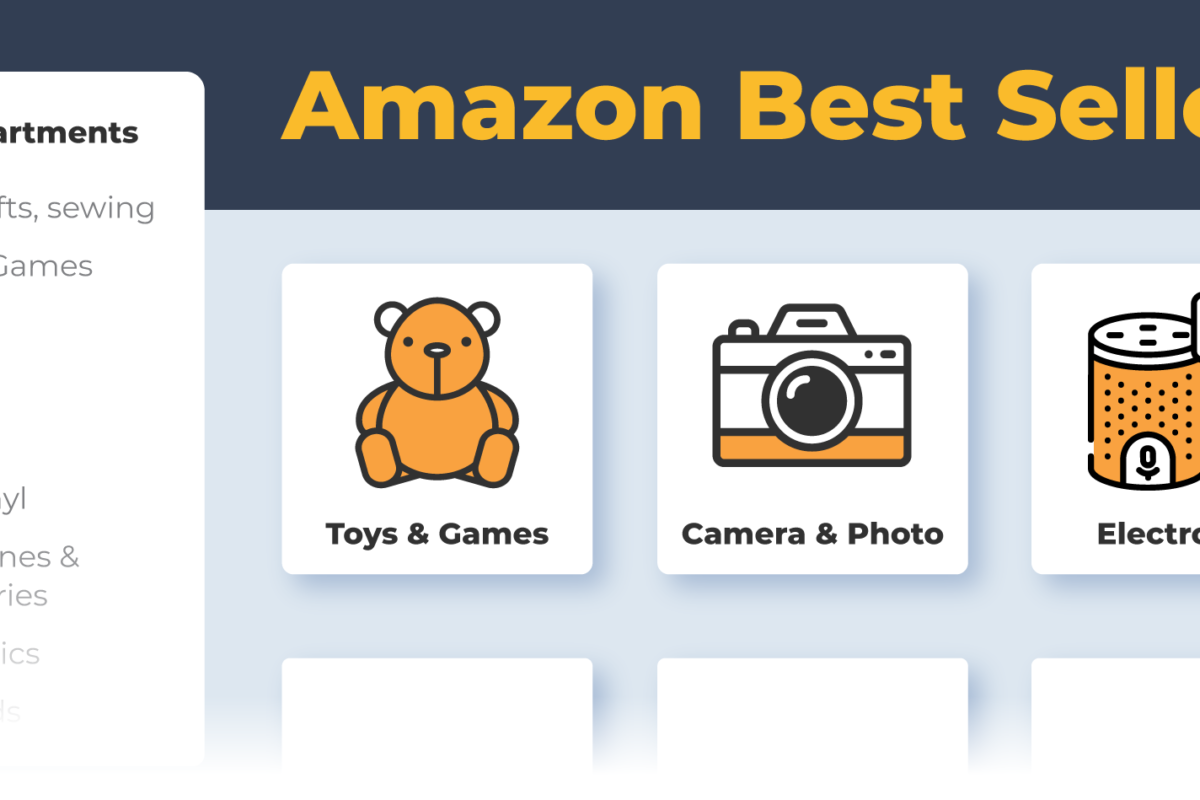Artificial Intelligence (AI) is both buzzword and buzz-worthy, depending on what you’re reading or who’s talking about it. Sure, there certainly is a lot of hype, but at the National Retail Federation Big Show (NRF), a few brands are giving us a taste of what’s possible when they apply all of that ‘big data’ and actually analyze it to improve their operations and engage with customers.
The most magical and memorable shopping experiences are when the retailer has exactly what the customer wants. For online retailers, tracking which items were looked at and telling you what most people ended up buying is par for the course. But how does that predictive and assistive magic translate into the real world? On Microsoft’s Digital Transformation Blog, Dan Richman shares, “An astute salesperson in a brick-and-mortar store might take note of a what a shopper has left in his online cart and, when that shopper visits the store, have those items – as well as others that are recommended based on his past purchase history – ready for trying on in a dressing room.”
The magic always starts with data: determining what’s needed, how to get it, and most importantly how to analyze it. Too many people (especially marketers) overly fetishize data, when what we should obsess about is analysis and insights. Here’s a few highlights Richman shares from NRF:
- Kroger (a grocery chain) is collaborating with Microsoft and others to create a store shelf with a tall vertical surface displaying prices, nutritional information, videos and other images that might boost sales. It’s connected to store management to make sure stock doesn’t run low and can be programmed to offer sales to customers as they pass by if they have downloaded an app. Behind all of this tech is deep analysis.
- Lowe’s (a home improvement chain) is testing LoweBots that scan shelf inventory and assist store personnel with inventory data, metrics and shelf intelligence. The autonomous robot takes high-resolution images and identifies which items are out of stock, misplaced or mislabeled, keeping constant tabs on inventory. This huge amount of information (truly ‘big data’!) is processed in the cloud Microsoft Azure, and frees up staff to help customers and make faster decisions about inventory. Given that in the US, businesses spend $70B a year in inventory management tasks, this application could see wider use in the near future.
- Xenia Retail and Phillips have teamed together on a showroom/warehouse-model shopping experience designed to eliminate shopping carts and speed-checkout, while allowing retailers to re-imagine what their physical footprint looks like for customers. Instead of putting an item into a cart, shoppers hold up their phone to unveil digital value such as crowd-sourced reviews or complimentary products. Check out is nearly instantaneous as the digital cart is fulfilled in real-time by team members in the back warehouse. What a great example of frictionless retail!
Each of these examples demonstrates that application of analysis (and some AI) improve how the brand operates and services customers, which is important. The delineation between what AI can do, and what AI should do is an ethical debate that’s just getting off the ground. Brands need to be active participants in this conversation, driving the creation of ethical standards and rules. Imagine if this had been done for adtech as it was emerging.
A lot of people will be talking about AI as if it is a magic bullet that will solve problems by itself and as these three brands show, AI is an ingredient of a much larger, transformative business process. Best of all, what retail is showing us is not limited to retail brands. The scalability of cloud services make it easy for any business, regardless of size, to tap into the kind of deep analytics previously available to only large enterprises with armies of expensive data scientists and modelers. And self-service business intelligence tools can empower employees to explore what the data says in order to arrive at insights.
The Blake Project Can Help: Accelerate Brand Growth Through Powerful Emotional Connections
Branding Strategy Insider is a service of The Blake Project: A strategic brand consultancy specializing in Brand Research, Brand Strategy, Brand Licensing and Brand Education




